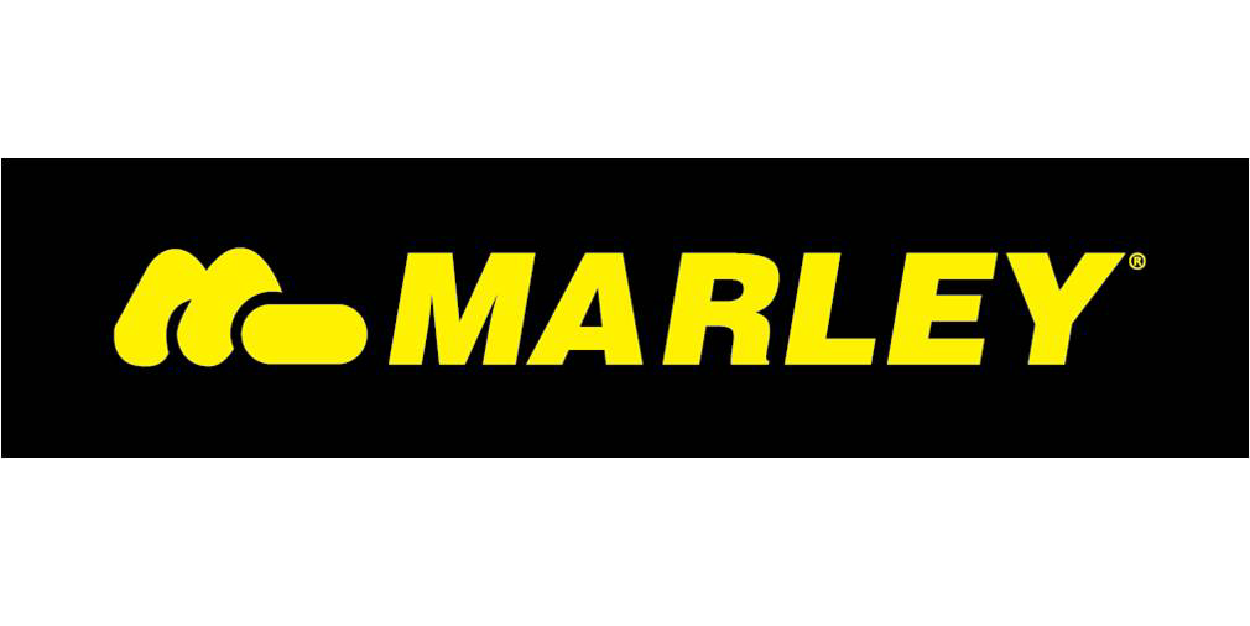
Call Today 09 973 4973 or
Tracer gas detection is a powerful technique used for detecting and locating leaks, particularly those that are hard to find or not visible to the naked eye. This method involves the use of trace gases that can penetrate even the smallest leaks, making it extremely effective for a wide range of applications. This article will delve into the details of tracer gas detection, discussing its principle, applications, advantages, limitations, and advancements.
Principle of Tracer Gas Detection
Tracer gas detection operates on a simple principle: a trace gas, typically a mixture of helium or hydrogen and nitrogen, is introduced into the system that is being examined for leaks. These gases are lighter than air, enabling them to escape through any existing leaks. Detectors are then used to identify the presence of this gas outside the system, indicating a leak.
The choice of tracer gas can depend on several factors, including the type of system being tested, the size of the potential leaks, and the required sensitivity of detection. Helium is often used due to its small atomic size, which allows it to penetrate even the smallest leaks. It is also non-flammable and non-toxic, making it safe for use in various environments. Hydrogen, often mixed with nitrogen, is also commonly used due to its low cost and high detection sensitivity.
Applications of Tracer Gas Detection
Tracer gas detection is a versatile leak detection technique used in a variety of industries and applications. It is frequently used in the oil and gas industry to detect leaks in pipelines and storage facilities. In the automotive industry, it is used to test fuel systems, airbags, and other components for leaks. In the construction industry, tracer gas detection is often used to test the integrity of roofing systems and to locate leaks in water and gas pipes. It is also widely used in the HVAC industry to detect refrigerant leaks.
This method is particularly beneficial for finding small, hard-to-locate leaks that other methods may miss. It is also useful for testing complex systems with many potential leak points, as it can accurately pinpoint the location of each leak.
Advantages and Limitations
Tracer gas detection offers several advantages. It is highly sensitive and accurate, capable of detecting even the smallest leaks. It is also non-destructive, meaning it does not damage the system being tested. Additionally, it provides quantitative results, allowing for the measurement of leak rates as well as the identification of leak locations.
Tracer gas detection also has some limitations. The equipment required can be expensive, and the testing process can be time-consuming, particularly for large or complex systems. It also requires proper ventilation during testing to ensure the tracer gas does not accumulate, which can be a challenge in confined spaces. Furthermore, it may not be suitable for certain types of systems, such as those containing flammable or reactive substances.
Technological Advancements in Tracer Gas Detection
In recent years, technological advancements have significantly improved the capabilities of tracer gas detection. Improved detectors offer greater sensitivity and faster response times, enabling more accurate and efficient leak detection. New tracer gases have also been developed that are safer and more environmentally friendly.
Advances in data analysis and reporting technologies are enhancing the effectiveness of tracer gas detection. Sophisticated software can now analyze the results of tracer gas tests in real time, providing immediate feedback and allowing for faster decision-making.
Conclusion
Tracer gas detection is a powerful and versatile method for leak detection. Despite its limitations, its ability to accurately detect and locate even the smallest leaks makes it an invaluable tool for many industries. With ongoing technological advancements, the capabilities and applications of tracer gas detection are set to continue expanding in the future. By understanding this method, property owners, managers, and professionals can make better-informed decisions about leak detection and maintenance strategies.
The success of tracer gas detection largely depends on the expertise of the operator and the quality of the equipment used. As such, it is important to work with experienced professionals who have a deep understanding of the technique and can interpret the results accurately. They can also advise on the most suitable tracer gas for a particular application, ensuring optimal detection results.
It is essential to follow safety protocols during tracer gas detection. Even though the tracer gases commonly used, such as helium and hydrogen, are non-toxic and non-flammable, they should be handled with care to prevent any potential hazards. Proper ventilation should be ensured during the testing process, and the testing area should be evacuated immediately if the concentration of tracer gas in the air exceeds the recommended levels.
Tracer gas detection not only helps in identifying existing leaks but also plays a crucial role in preventive maintenance. Regular testing can help detect minor leaks before they turn into major issues, saving time, money, and resources in the long run. It also contributes to the safety and efficiency of the system, whether it’s a residential plumbing network, a commercial HVAC system, or an industrial pipeline.
In terms of environmental sustainability, tracer gas detection is an effective tool for reducing waste and conserving resources. By locating and fixing leaks promptly, it helps minimize the loss of valuable resources such as water and gas. By preventing the release of potentially harmful substances into the environment, it contributes to the protection of the environment and public health.
Tracer gas detection is a key technique in the toolbox of modern leak detection. It combines science, technology, and field expertise to deliver accurate and reliable results. As technology continues to advance, and as our understanding of different leak scenarios grows, it is expected that tracer gas detection will play an increasingly important role in leak detection and system integrity testing in the years to come.
Suppliers




